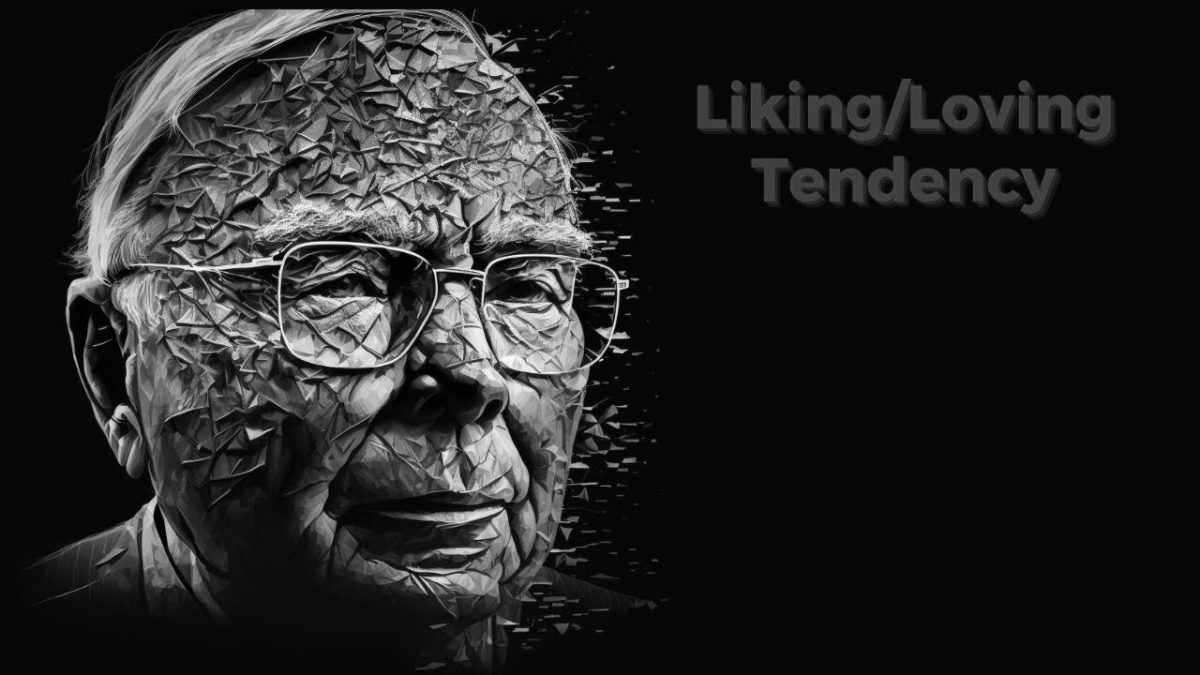Introduction
In the complex landscape of decision-making, our preferences and personal biases often play a significant role in shaping our choices. One prominent mental model that encapsulates this phenomenon is the Liking Tendency. The Liking Tendency refers to our inclination to favor people, ideas, and objects that we find attractive or appealing. Anchored in human psychology, this mental model exerts a profound influence on our decision-making processes, often leading us astray from rationality. In this blog post, we will delve into the concept of the Liking Tendency, explore its prevalence in various contexts, identify the mental biases that contribute to it, and provide strategies to avoid succumbing to its pitfalls.
The Relevance of the Liking Tendency in Decision-Making
The Liking Tendency finds its roots in our inherent need for social connection and affiliation. As social creatures, we naturally gravitate towards individuals who exhibit qualities or traits that we find likable, relatable, or familiar. These preferences extend beyond personal relationships and permeate our decision-making processes across a wide range of domains, including personal life decisions, business scenarios, and public policy-making. By understanding the impact of the Liking Tendency, we can better navigate the complexities of decision-making and make more informed choices.
Examples of the Liking Tendency
- Personal Life Decisions: Imagine a person who is considering a job offer. The hiring manager, through effective rapport-building and charm, creates a likable impression. Despite the position offering limited growth potential or unsatisfactory compensation, the person may still be inclined to accept the job based solely on their positive feelings towards the hiring manager. By succumbing to the Liking Tendency, the person may make a decision that is contrary to their best interests in terms of career advancement or financial well-being.
- Business Scenarios: In the business world, the Liking Tendency can significantly impact decision-making processes. For example, when selecting a business partner or supplier, individuals may favor those who have similar interests, personalities, or shared experiences. This bias can lead to overlooking more suitable options with better qualifications, prices, or reliability. By prioritizing likability over objective criteria, businesses may end up with suboptimal partnerships or costly arrangements.
- Public Policy-Making: The Liking Tendency can also influence public policy decisions. Policymakers may be more inclined to support policies advocated by charismatic individuals or popular figures, rather than critically evaluating the merits of the proposals. By basing decisions on personal preferences rather than evidence-based analysis, policymakers may overlook more effective alternatives, leading to detrimental outcomes for society as a whole.
Mental Biases and Psychological Underpinnings
The Liking Tendency is intertwined with several mental biases and psychological underpinnings. One contributing bias is the Halo Effect, where our overall positive impression of a person or thing influences our perception of their specific qualities. This bias leads us to attribute positive characteristics to individuals we find likable, even in areas unrelated to their likability. Another bias, the Similarity Bias, occurs when we are more inclined to favor individuals who are similar to us in terms of background, beliefs, or interests. This bias reinforces our tendency to choose people we like, often overlooking diverse perspectives or alternative options.
Additionally, the Authority Bias plays a role in the Liking Tendency. We are more likely to trust and follow the recommendations of individuals we perceive as authoritative or credible. This bias can lead us to make decisions based on the likability of the authority figure, rather than objectively evaluating the information or options at hand.
Identifying and Avoiding the Liking Tendency
To mitigate the influence of the Liking Tendency on our decision-making, it is important to cultivate self-awareness and employ strategies for objective evaluation. Here are a few techniques to consider:
- Seek diverse perspectives: Actively seek out alternative viewpoints and opinions. Engage with individuals who have different backgrounds, beliefs, or experiences. By exposing yourself to diverse perspectives, you can counteract the natural tendency to favor those who are similar or likable.
- Separate likability from competence: Make a conscious effort to evaluate individuals or ideas based on their merits and qualifications rather than solely on their likability. Consider relevant criteria such as skills, expertise, track record, and evidence-based data when making decisions.
- Focus on long-term outcomes: Instead of being swayed by short-term likability, shift your focus to the long-term consequences of your decisions. Assess the potential risks, benefits, and alignment with your goals and values. Prioritize objective evaluation over immediate likability.
- Pause and reflect: Introduce a deliberate pause before making decisions. Use this time to reflect on your own biases and preferences. Consider the potential impact of the Liking Tendency on your decision and consciously challenge your inclination to favor likability over objective criteria.
Conclusion
The Liking Tendency is a mental model deeply rooted in human psychology, influencing decision-making processes across various domains. By understanding its prevalence in personal life decisions, business scenarios, and public policy-making, we can become more aware of its potential impact on our choices. By recognizing the mental biases that contribute to the Liking Tendency, such as the Halo Effect, Similarity Bias, and Authority Bias, we can adopt strategies to mitigate its influence. Seeking diverse perspectives, separating likability from competence, focusing on long-term outcomes, and pausing to reflect are all practical techniques for avoiding the pitfalls of the Liking Tendency. By actively engaging in objective decision-making and being aware of our own biases, we can make more informed and advantageous choices. Ultimately, awareness and active avoidance of the Liking Tendency empower us to navigate decision-making processes with greater objectivity and discernment, leading to better outcomes in both personal and professional spheres.
